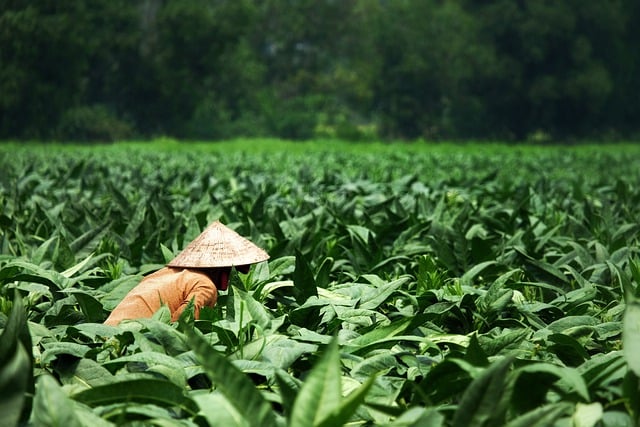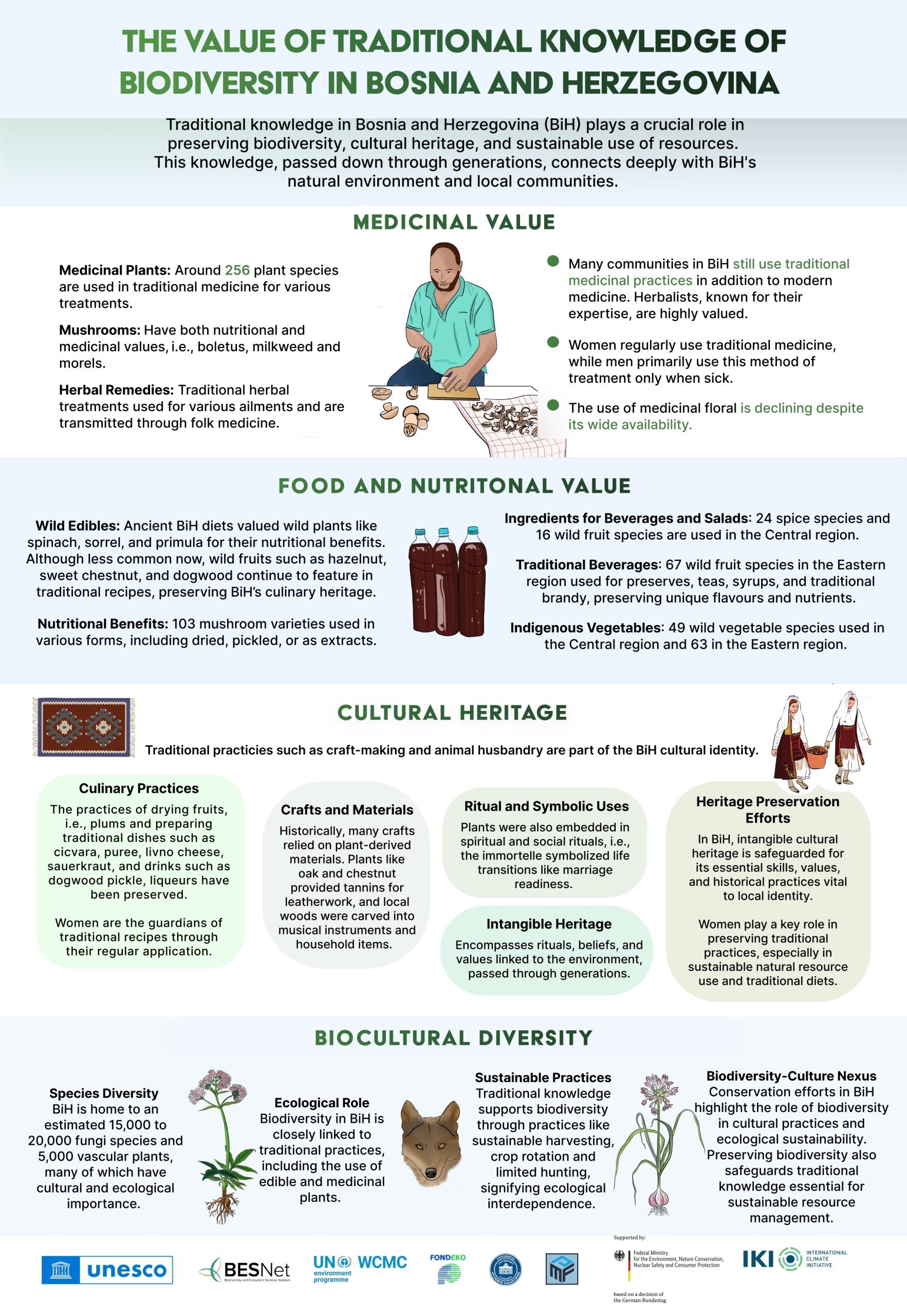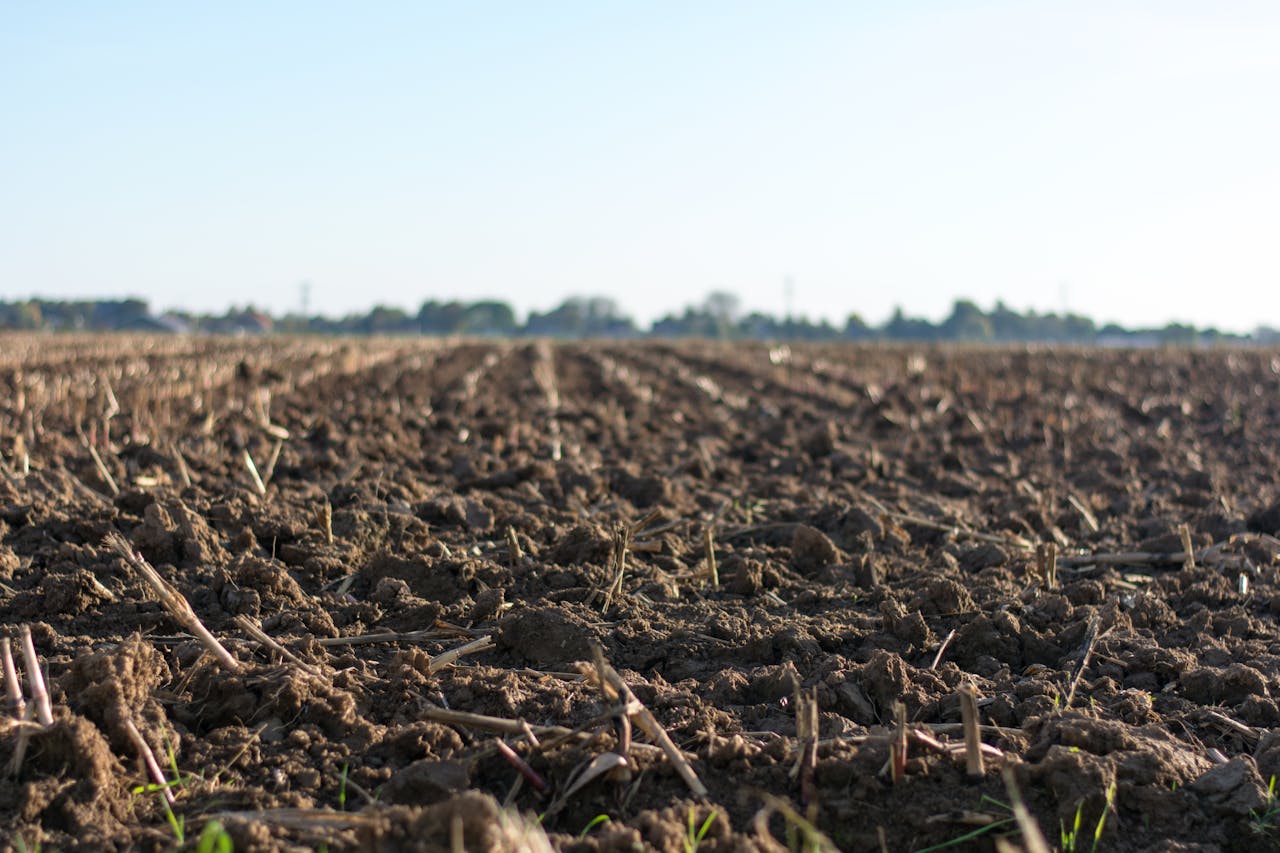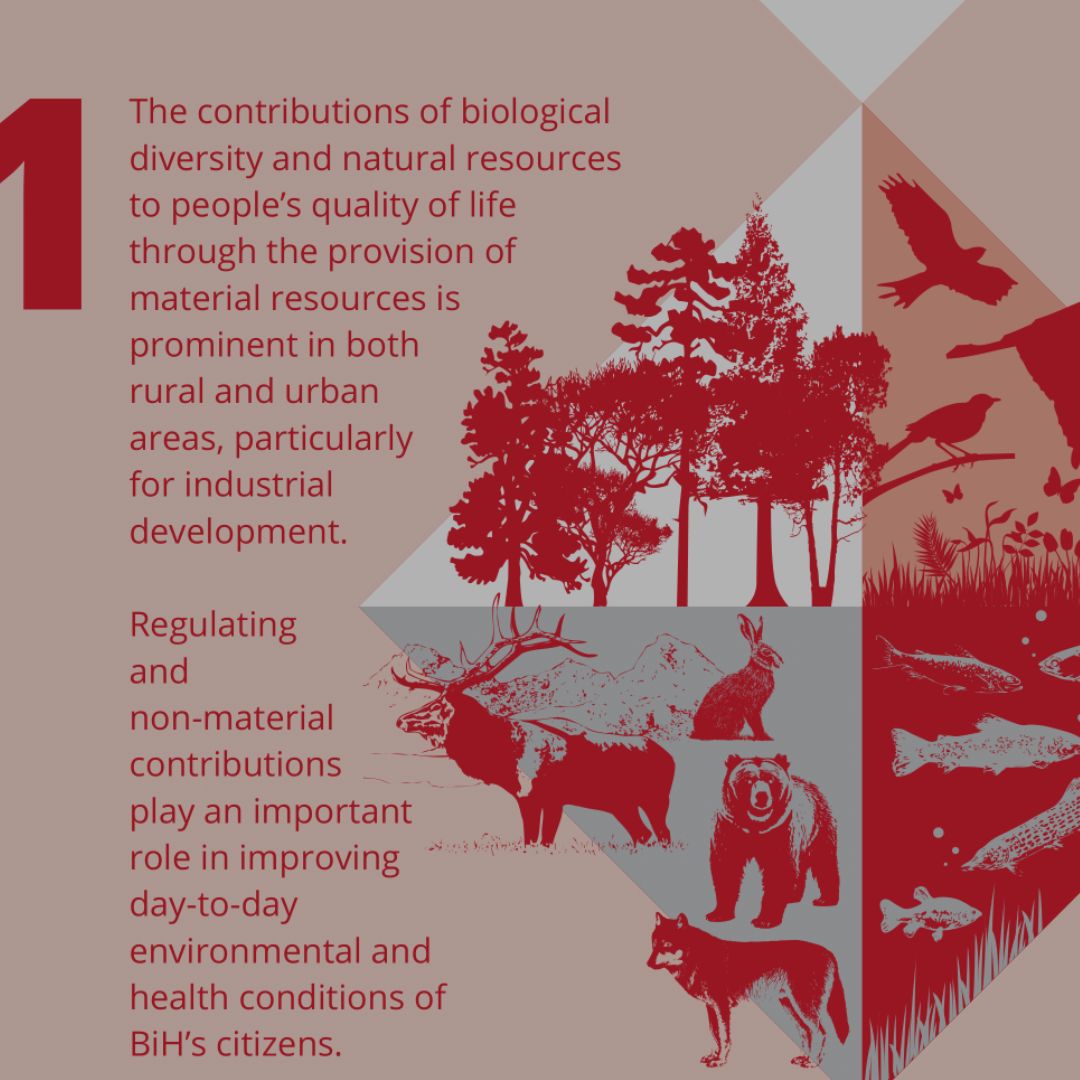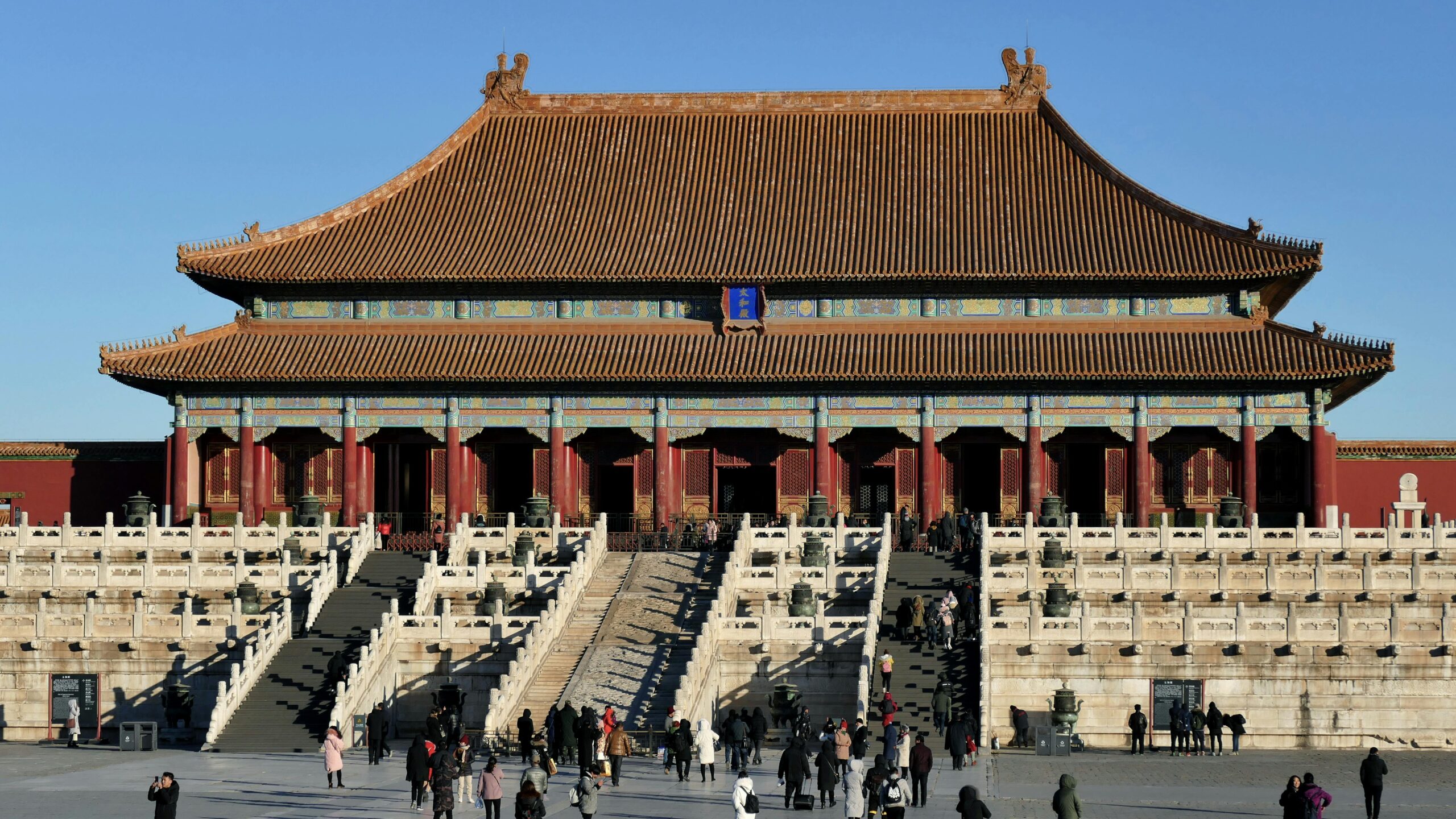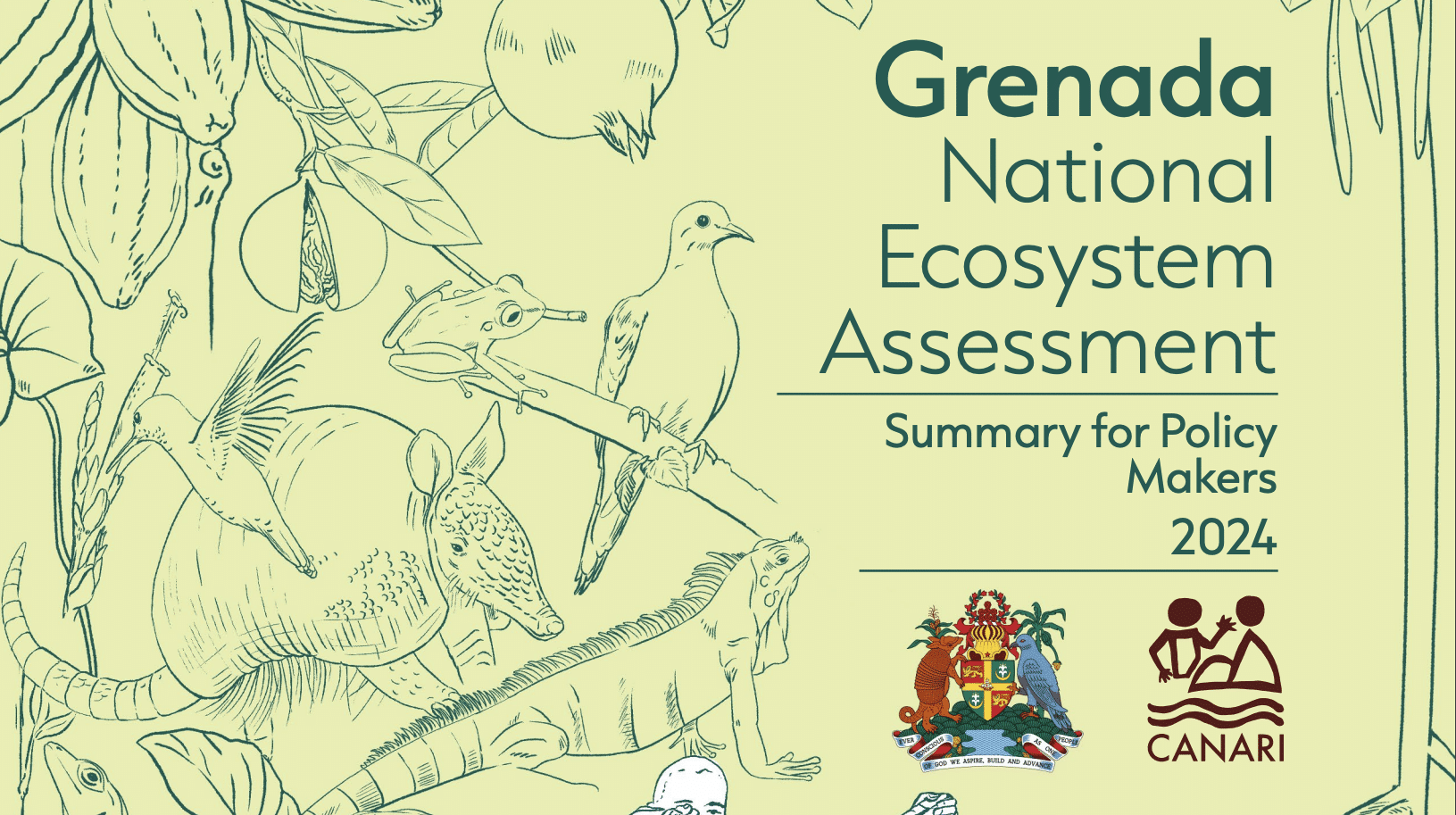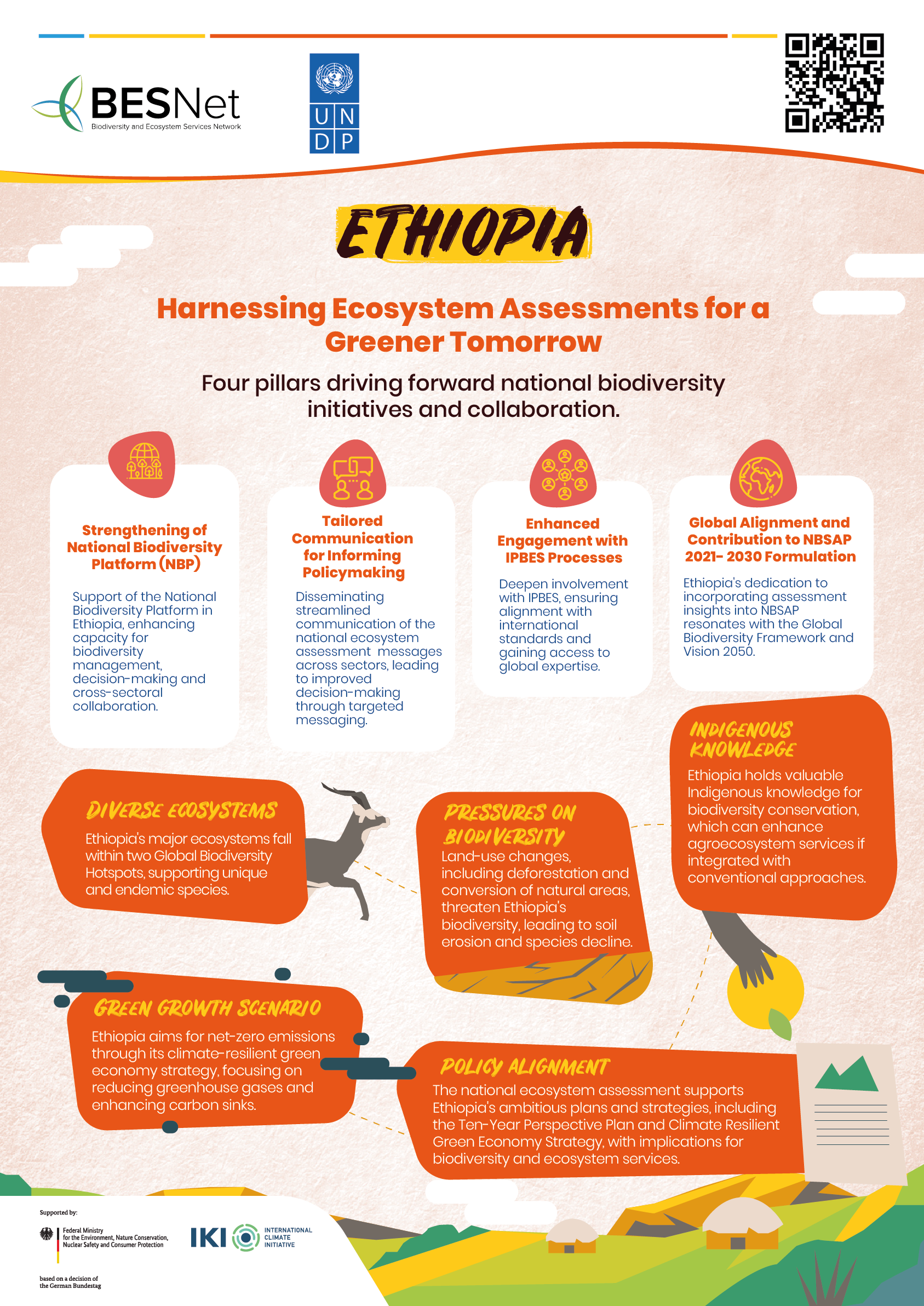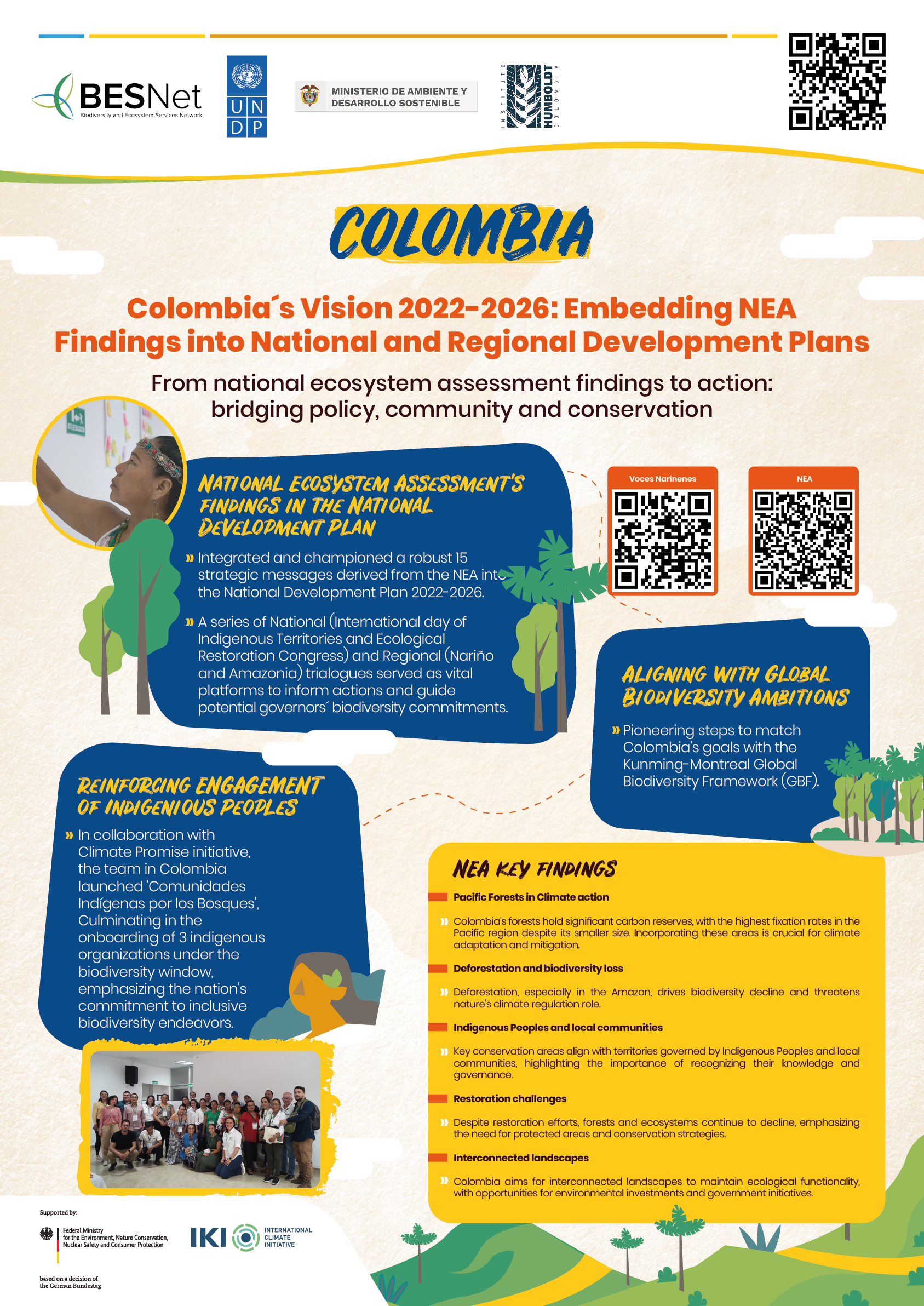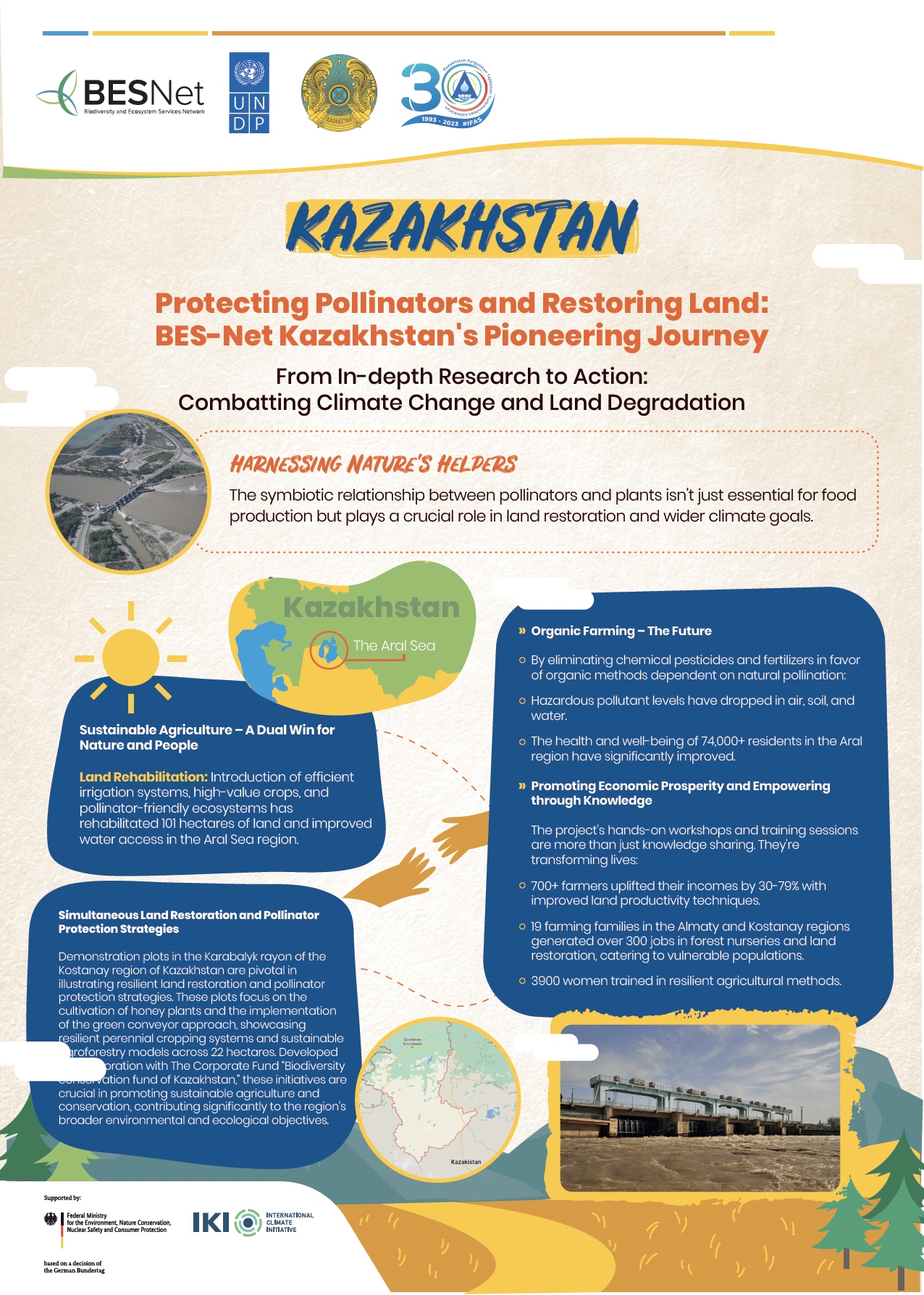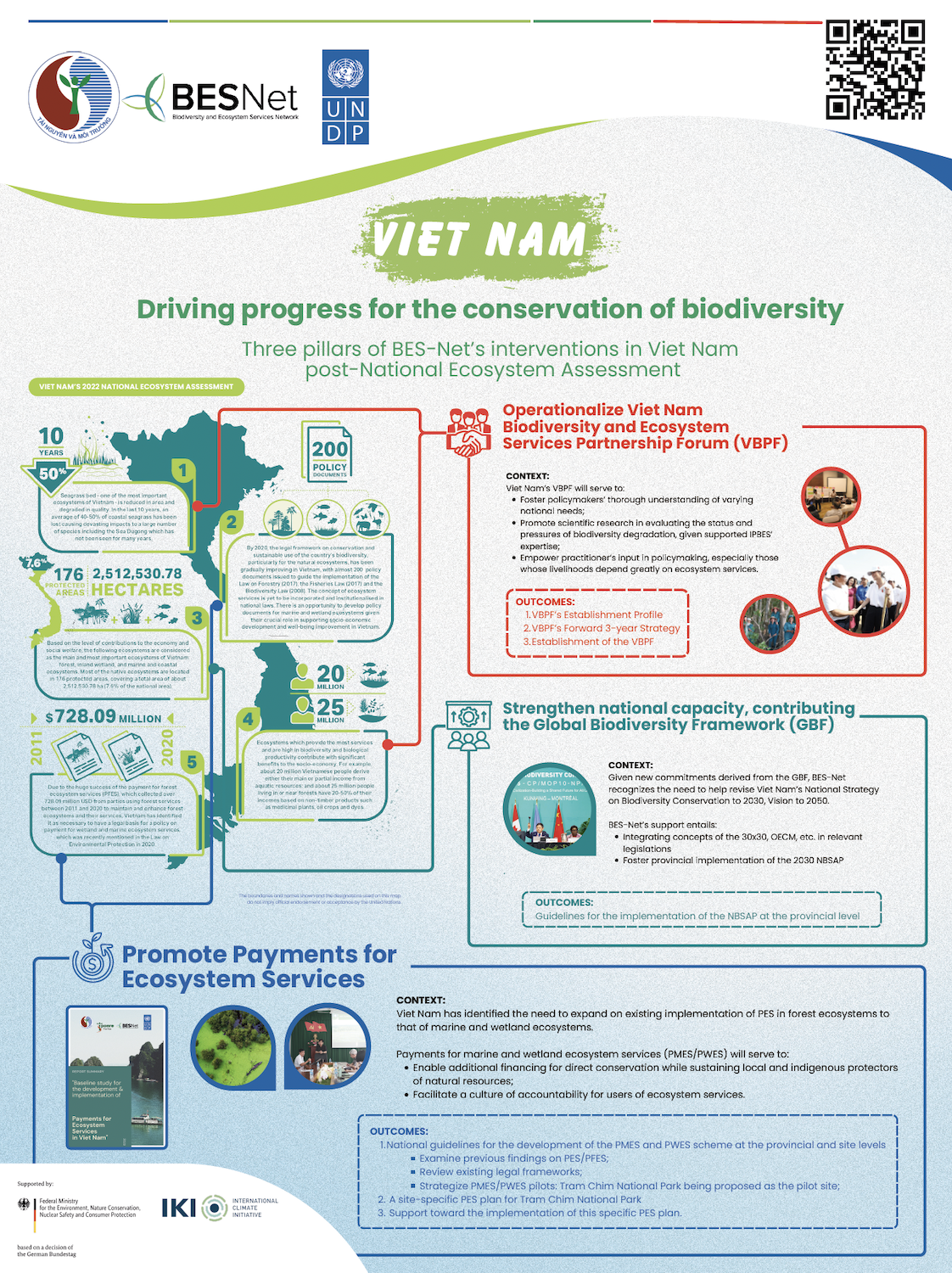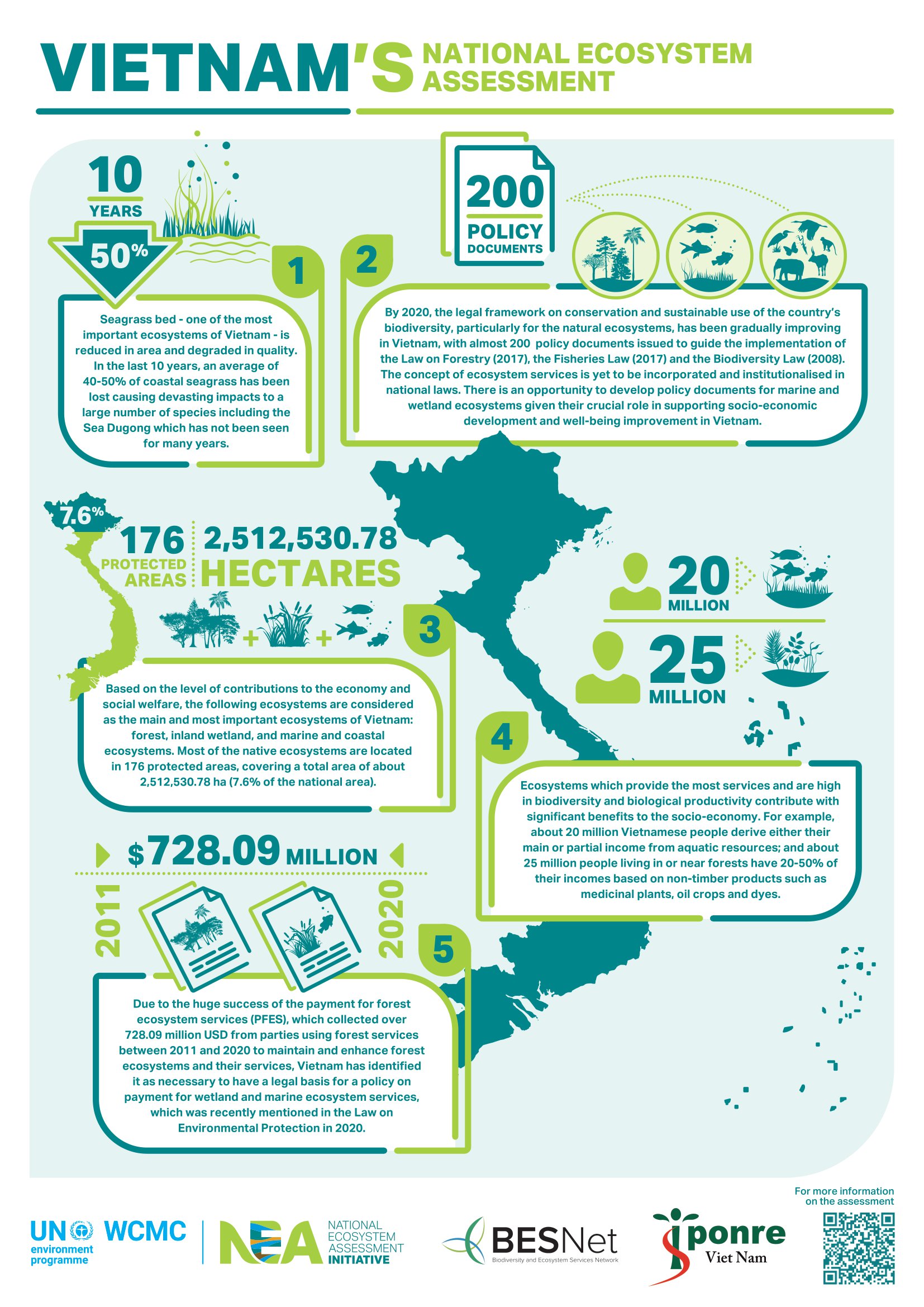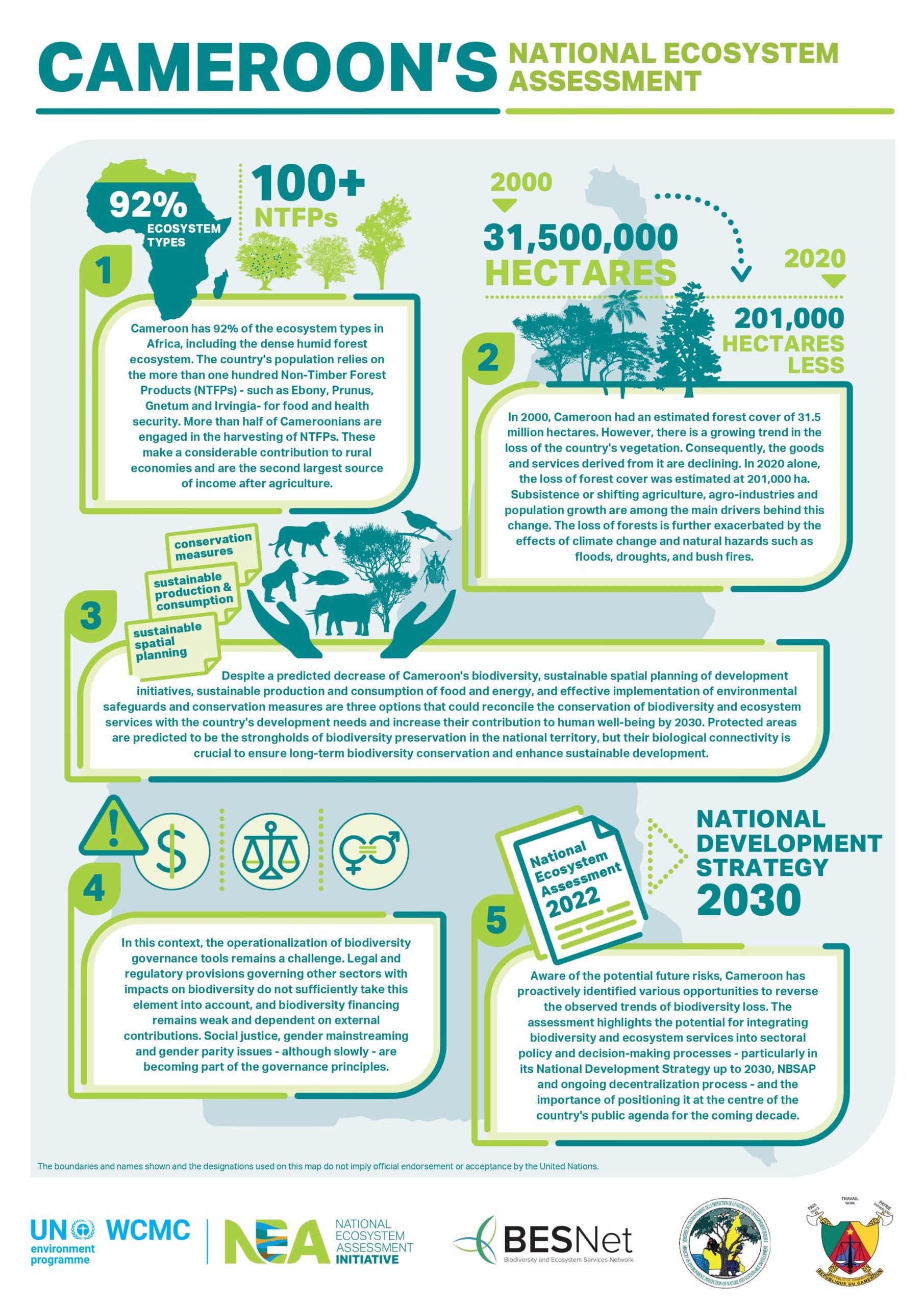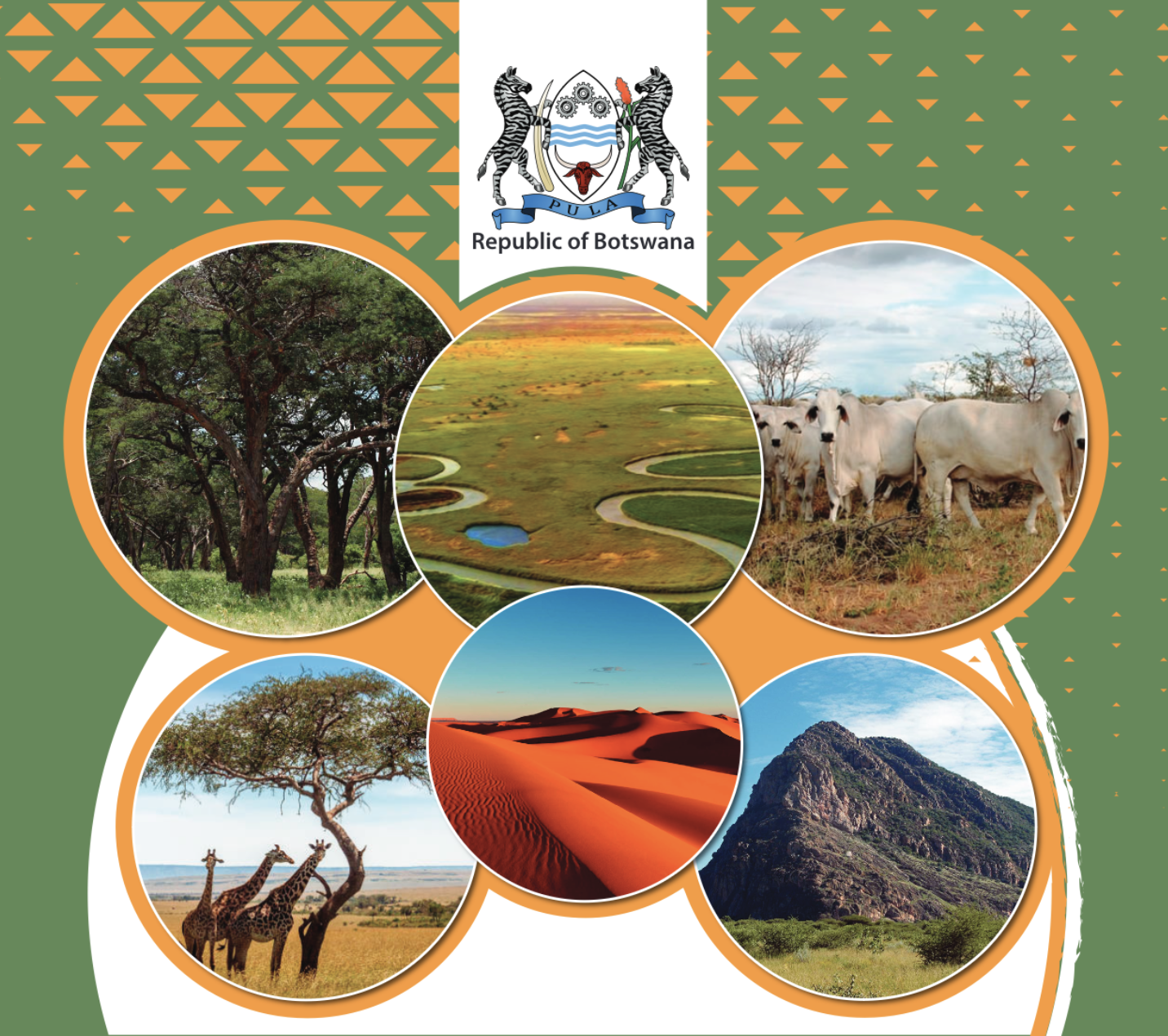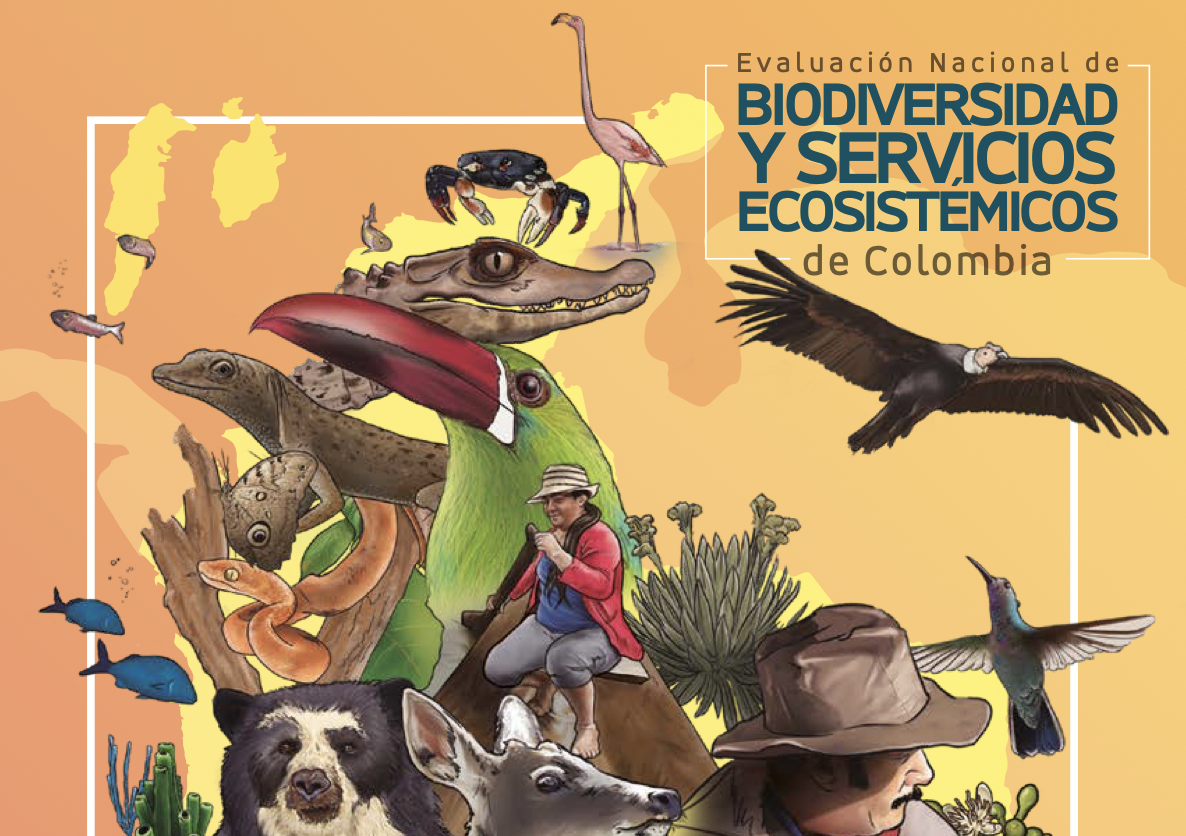The dynamics of urban population density (UPD) has attracted extensive attention from both policymakers and scholars because it can be used to indicate the sustainability of city growth. Substantial research considering urban areas as whole units has demonstrated a close relationship between urban land expansion and demographic urbanization. However, the impacts of the urban land-use structure (ULUS) on sustainable city growth from the perspective of UPD dynamics have largely been ignored. Based on the understanding of human–and interactions in the process of city evolution, we present a holistic theoretical framework for the impacts of changing ULUS on UPD dynamics. Taking 331 cities proper in China as the study objects, we found that the designation of urban land has mostly depended upon land substitution resulting from the high economic returns of land used for secondary and tertiary industries and residential purposes. This is induced by the increasing scarcity of urban land and people’s primary requirements for the dwelling and employment functions of a city rather than its living-environment function. The results confirmed that the holistic theoretical framework is effective for understanding the impacts of changing ULUS on UPD dynamics and that taking consideration of these impacts in the structural reform of urban land supply is significant for promoting sustainable city growth. This study also provides inspiration for understanding the uncertainties relating to sustainable city growth based on the identification of city shrinkage and growth patterns. We discuss regionally differentiated policies relating to structural reform of urban land supply and strategies for coping with city shrinkage.
Impacts of changing urban land-use structure on sustainable city growth in China: A population-density dynamics perspective
Year: 2021





































































































































































































































































































































































































































































































































